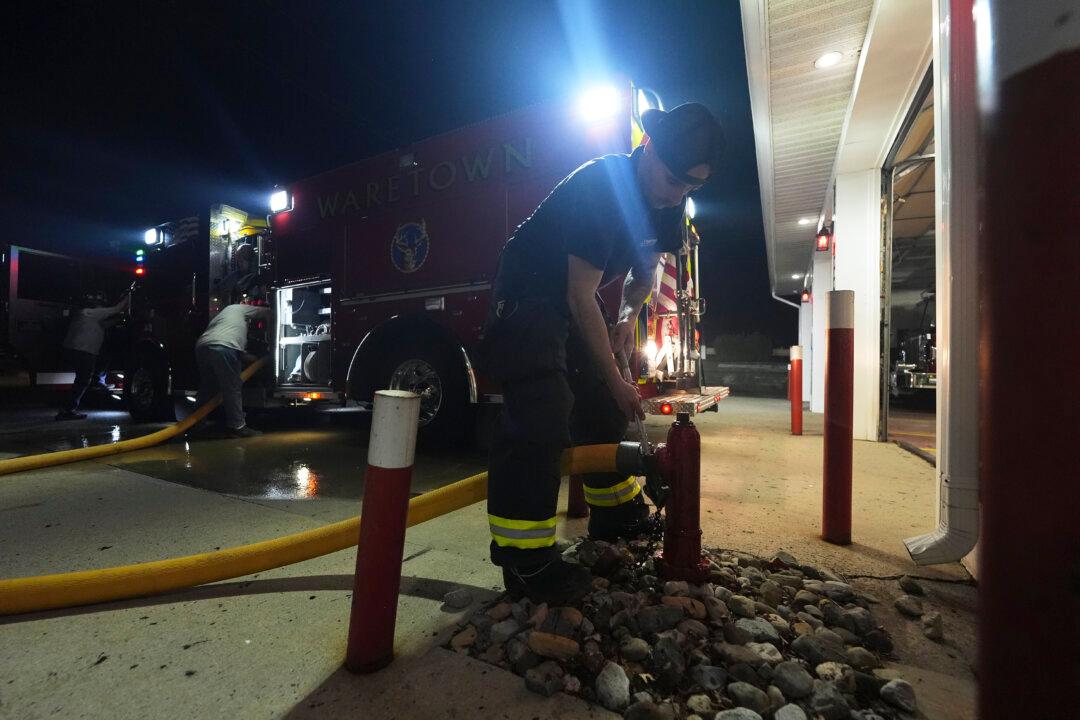Ontario Provincial Police (OPP) Det. Insp. Shawn Glassford is walking down Dairy Lane, a back laneway in Orangeville, in the late August heat. The alleyway, which runs parallel to main street Broadway, is the same road that Sonia Varaschin’s 2010 white Toyota Corolla was found abandoned a decade ago.
He’s explaining the angle that the car was found, and how it might tell the direction her killer came to park the vehicle in plain sight. Did her killer come from Broadway, making multiple 3 point turns to park? Did they come from Third St. and make a wide turn to park or do they come down Dairy Lane and pull in like common sense, Glassford said, would suggest.





